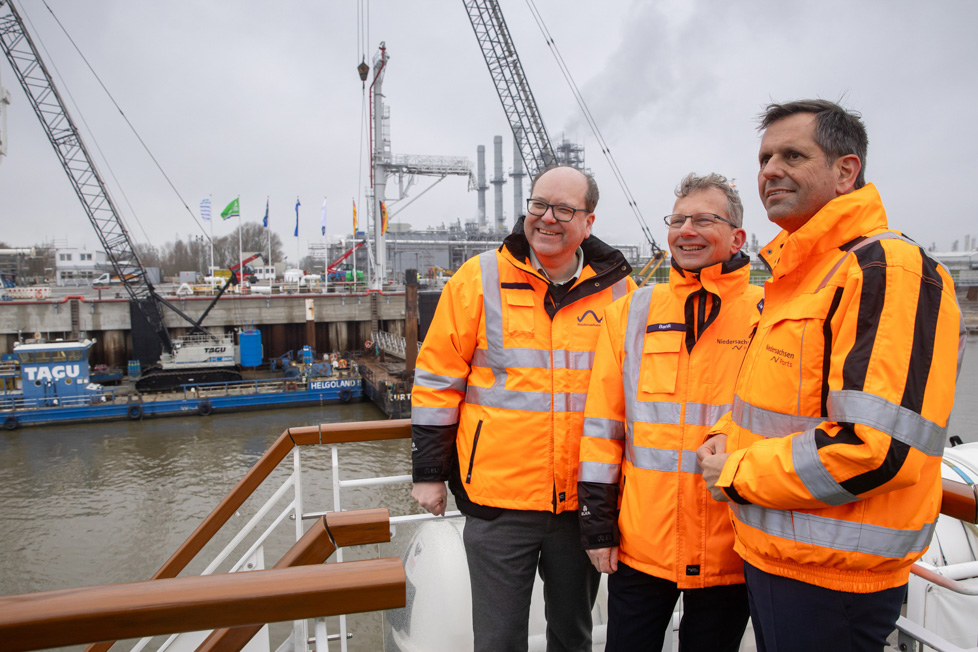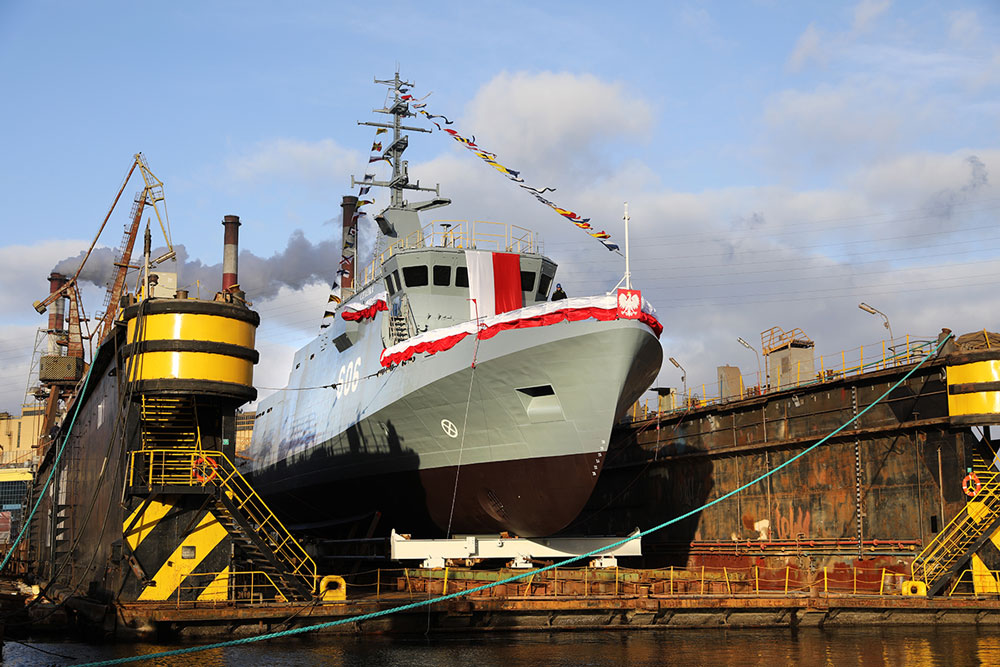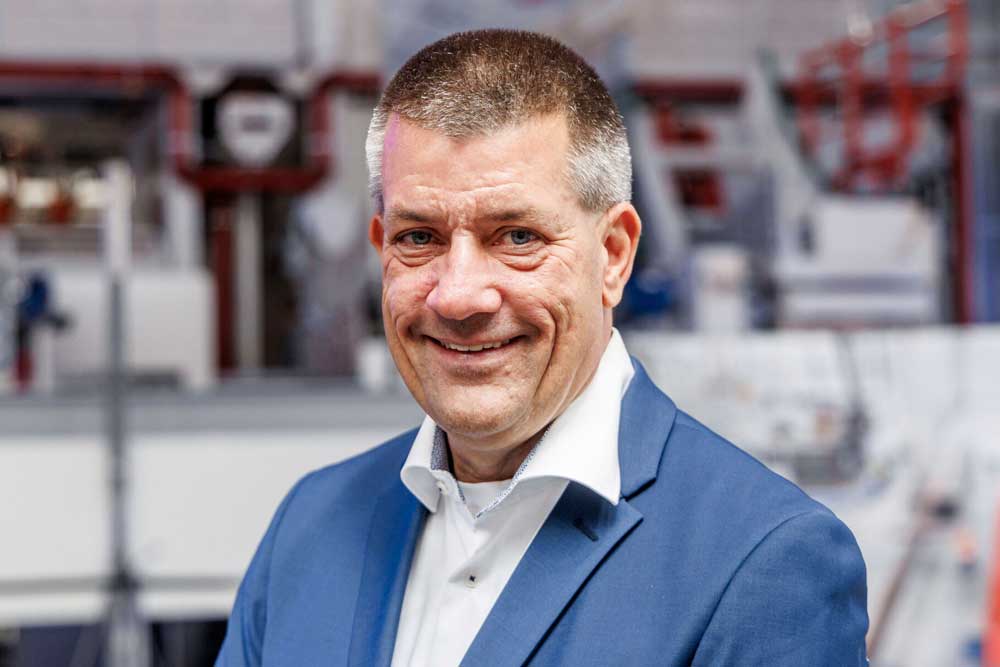After just 330 days of construction, Niedersachsen Ports has handed over the future LNG jetty in Stade to the operators. 300 million euros were invested.
What is currently Germany’s largest port construction project is now complete. Among the 200 invited guests at the official handover ceremony were representatives of the federal government, the state and the port company N-Ports. [ds_preview]
After the LNG terminal in Wilhelmshaven, Stade is the second port facility to be put into operation by Niedersachsen Ports in a very short space of time in order to support Germany’s gas supply.
1.6 km quay length in Stade
The jetty in Stade is regarded as the largest waterside construction project in Germany’s ports. With an investment of € 300 million, it is also the largest project in the history of Niedersachsen Ports. A new port has been created on 4 hectares of water in just eleven months. The berth has a draught of up to 16.4 m and the quay measures a total of 1.6 km in length.
The contract was implemented by ARGE AVG, which consisted of the Depenbrock Group, TAGU Tiefbau Unterweser and Nordsee Nassbagger und Tiefbau. Parallel to the water-based terminal, a land-based terminal has been planned by Hanseatic Energy Hub (HEH) since 2019. This is scheduled for completion in 2027 and will handle 13.3 billion m³ of green and LNG gases per year.
Until then, natural gas will be imported and regasified via an FSRU. Initially, this will be LNG gas, but renewable gases such as green hydrogen and ammonia will also be handled in the future, according to N-Ports.
The gas tanker “Transgas Force“, built in 2021, has been chartered for handling on behalf of the German government. The FSRU has an average annual capacity of 5 billion m³. The ship is due to moor in the new port area in early 2024.















